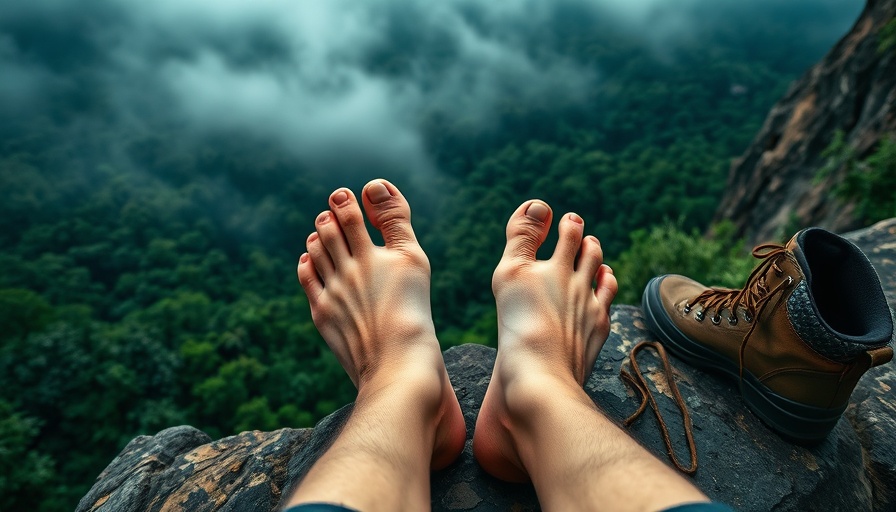
The Unseen Warriors: Understanding Foot Blisters
Foot blisters are more than just annoying little bubbles that pop up during a workout or run; they are the body's way of signaling wear and tear. These fluid-filled sacks develop due to friction, heat, and moisture, and understanding their cause is the first step toward treating and preventing them. The skin can be sensitive, especially during intense physical activities, and blisters are often the result of that sensitivity being pushed to its limits. For fitness enthusiasts and athletes alike, recognizing the signs of blisters early can make a significant difference between pushing through discomfort and enjoying a pain-free experience.
The Science Behind Blisters
Blisters form when layers of skin are damaged, allowing fluid to fill the space between the layers. This often occurs during activities like running, hiking, or even wearing new shoes. Factors like heat, moisture, and the surface you're exercising on all contribute to blister formation. For example, running on asphalt that absorbs heat can increase the risk, as can humidity that causes excessive sweating. Understanding these factors helps athletes take preventive measures.
Smart Strategies for Prevention
Prevention is always better than cure. Strategies for preventing blisters while exercising or engaging in any physical activity include:
- Choosing the Right Footwear: Ensure shoes fit well and are appropriate for the activity. Properly fitted shoes reduce movement that causes friction.
- Quality Socks Matter: Investing in moisture-wicking socks can minimize friction and keep feet dry.
- Taping Trouble Spots: Apply sports tape on areas that often get blisters, such as heels and toes, before engaging in high-impact activities.
- Gradual Growth: Slowly increase the intensity and duration of workouts to allow your feet to adjust.
Effective Treatment for Blisters
If despite best efforts, a blister does form, the approach to treatment is straightforward. First, keep the blister intact to protect the underlying skin, as broken blisters can lead to infections. Gently clean the area with mild soap and cover the blister with a sterile bandage. If the blister is painful, consider draining it with a sterilized needle while keeping the overlying skin. Always consult with a healthcare provider if you notice increasing pain or signs of infection.
Embracing Foot Health for an Active Lifestyle
Maintaining the health of your feet is essential for an active lifestyle. A painful blister can derail your fitness routine and impact overall morale. Remember, foot health contributes significantly to performance - the better your feet feel, the more you're able to push your limits and reach new heights. Celebrate your victories, no matter how small, and learn from any setbacks you encounter along the way!
Final Thoughts on Foot Care for Fitness Enthusiasts
Foot blisters are common but often unnecessary hurdles in an active lifestyle. By understanding their causes, applying preventive strategies, and embracing effective treatment methods, you can safeguard your feet and keep focusing on your fitness goals. Now, go out there, hit the ground running, and don't let anything hold you back!
 Add Row
Add Row  Add
Add 




 Add Row
Add Row  Add
Add 

Write A Comment